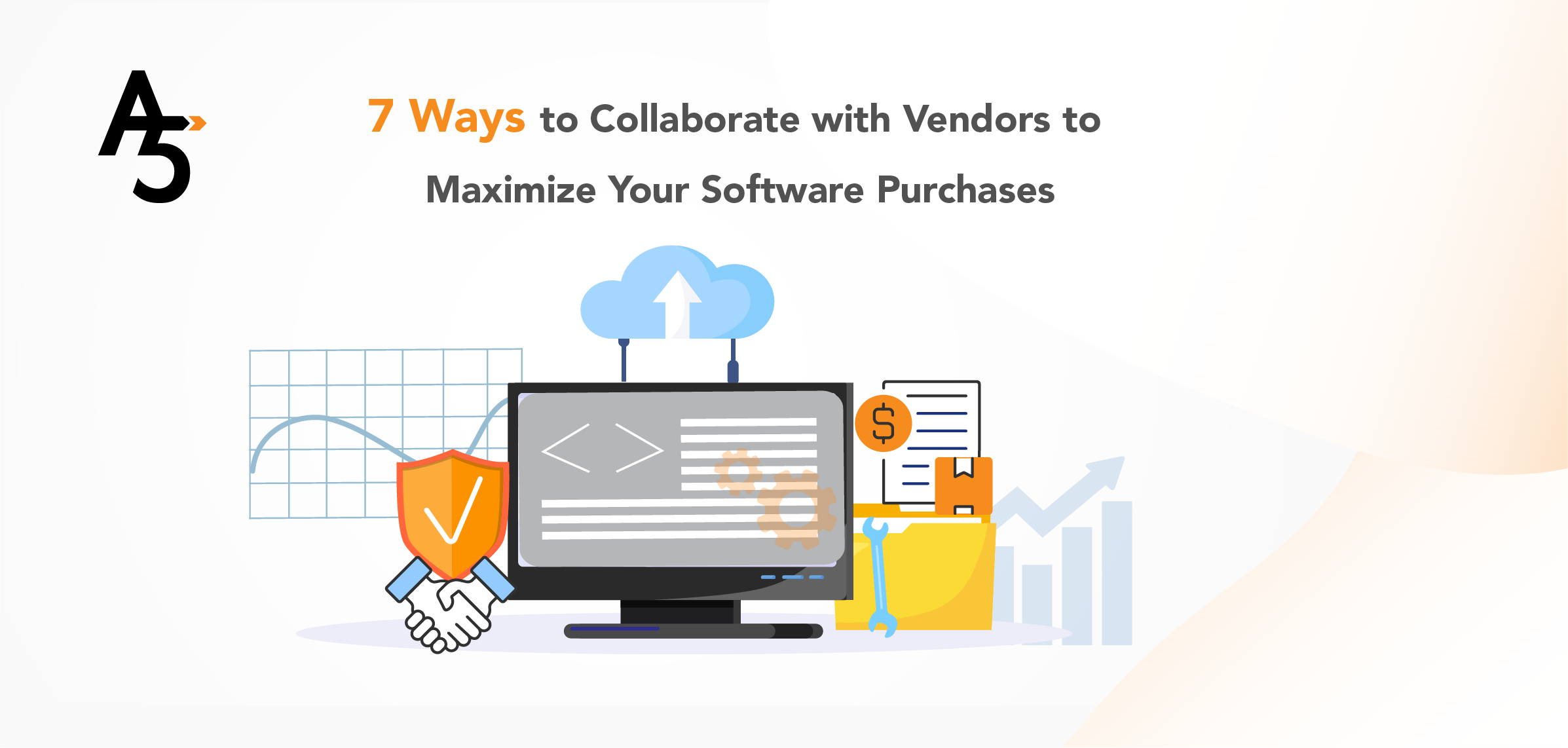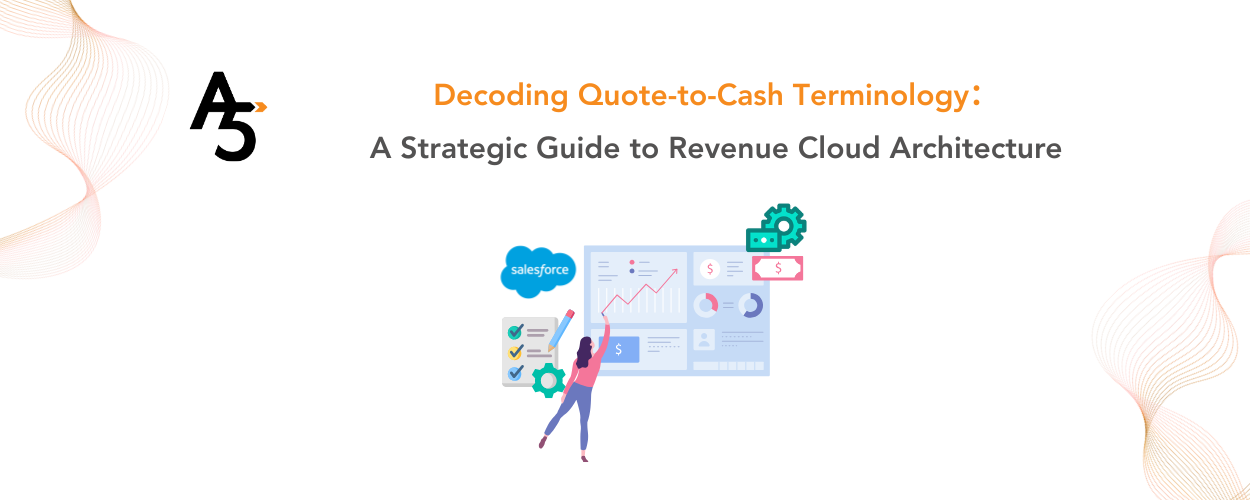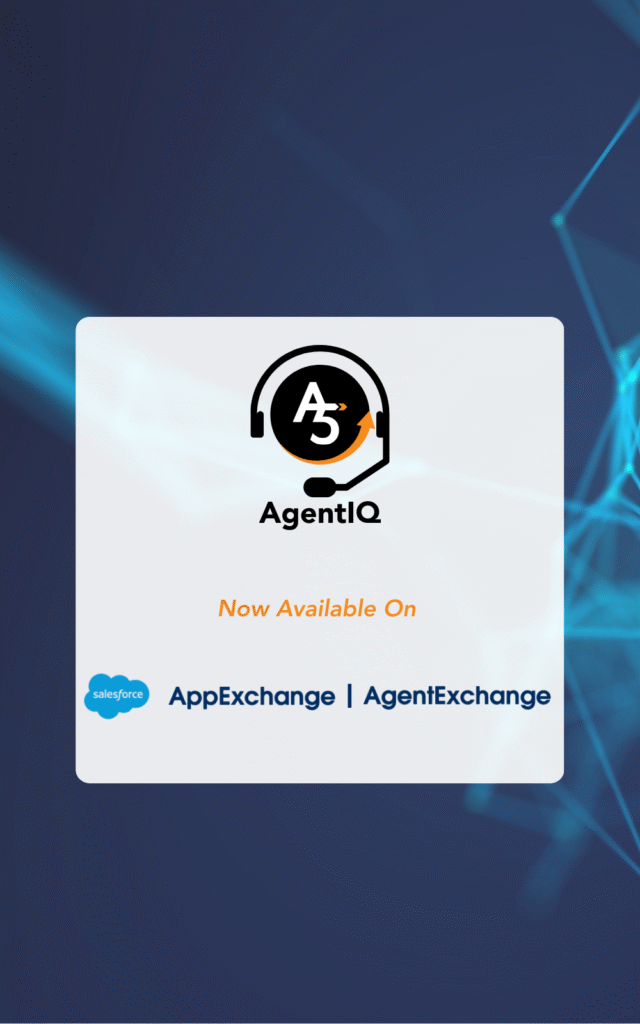In a down or uncertain market, many companies turn to software to streamline processes and update systems, enabling them to do more with less. A key component to successfully accomplish this is an active and collaborative effort with a trusted System Integrator. According to a McKinsey report “60 percent of the highest-value technology projects companies pursue require collaboration and delivery from multiple technology groups across both digital and IT teams.” This will enhance the overall success of your project and play a pivotal role in achieving the cost and operational efficiencies you are seeking. A successful collaboration with vendors will help you unlock opportunities to optimize software costs and realize business process improvement throughout your organization.
Here’s a playbook to help you get started on how to collaborate with Vendors in order to maximize your software purchases:
1. Transparent Budget Discussions:
It’s important to note that disclosing your budget does not weaken your negotiation position. On the contrary, it allows for more targeted and efficient negotiations. By sharing your budget range, you provide your partners with a clear understanding of your financial boundaries. This enables them to present options and pricing structures that are realistic and aligned with your budget, saving time for both parties. Moreover, open communication about budget constraints fosters trust and collaboration, as your partners can focus on delivering the most value within the specified budget, ensuring a win for all involved. Ultimately, transparent budget discussions enhance negotiations by creating a foundation for productive and effective solutioning.
2. Joint Cost Analysis:
Collaborate with vendors and systems integrators to conduct a comprehensive cost analysis and maximize cost efficiency in software evaluation and adoption. By jointly assessing your organization’s needs and collaborating with vendors and systems integrators, both parties can provide insights into cost-effective solutions that align with your budget. Through their expertise, you can identify potential cost-saving measures, such as utilizing specific modules, implementing phased rollouts, or exploring alternative licensing models. This collaborative approach ensures that you optimize your software costs and realize business process improvement throughout your organization.
Pro Tip: For existing platform users (e.g., Salesforce), consider a paid System Evaluation or “Health Check” by a reputable System Integrator. This process enhances cost efficiency in software evaluation and adoption by involving technical experts who provide written recommendations for process improvements, software enhancements, or purchases. Workshops are conducted to gather insights from stakeholders and departments on desired system functionality.
3. Avoid Costly Customizations:
Collaboration helps in determining whether customization is truly necessary. Engaging in open discussions allows you to explore existing features and configurations that can address your requirements without expensive customizations. An experienced partner can guide you on the best ways to leverage the software’s capabilities effectively, reducing the need for extensive and costly modifications.
4. Streamline Integration Efforts:
Effective collaboration during the software evaluation process makes it easier for your partners to align the software with your existing infrastructure efficiently. By involving them early and sharing insights about your systems, workflows, and data structures, they can design a streamlined integration strategy, minimizing the time, effort, and associated costs required for integrating the new software.
5. Leveraging Vendor Partnerships:
By collaborating with vendors, you can foster long-term partnerships that result in cost savings. Building relationships based on trust and mutual success encourages vendors to take a long-term perspective, offering competitive pricing, discounts, and special offers. Nurturing these partnerships grants you access to cost-saving opportunities, such as favorable licensing agreements, upgraded pricing, and bundled service packages.
An excellent example of the power of collaboration and vendor partnerships can be seen in Procter & Gamble (P&G). P&G has a long history of working closely with its suppliers to drive innovation and achieve cost efficiency. Throughout their collaboration, P&G has utilized various commercial models to engage suppliers in the entire R&D chain. These models include shared fund pools for co-development of products and licensing agreements for commercialization. Such value-sharing strategies have allowed P&G to optimize costs and foster innovation through effective collaboration with their suppliers.
6. Optimizing Training and Support:
Collaborative efforts during software evaluation and implementation helps identify the most efficient training and support approaches. Having your Subject Matter Experts involved with your partners during the Implementation allows you to more easily develop training programs that address your specific users needs, helping avoiding unnecessary or excessive training expenses.
7. Continuous Improvement for Cost Optimization:
Collaboration doesn’t end with implementation—it extends into continuous improvement initiatives. This allows you to tap into your partner’s expertise for ongoing cost optimization. Regular discussions about optimization opportunities, cost-effective upgrades, or process enhancements enable you to achieve long-term cost efficiency while maximizing the value derived from the software.
By embracing a collaborative approach and leveraging the expertise of your software vendors and systems integrators, you can effectively and quickly identify software solutions to help your operations be more efficient and your software solutions impactful. Together, we can identify strategic cost-saving measures, streamline integration efforts, and optimize the utilization of the software to achieve your organizational goals within your budgetary constraints.
Let’s embark on this collaborative journey and unlock the full potential of cost efficiency in software evaluation and adoption.





